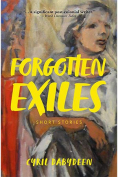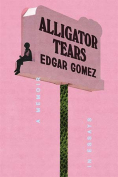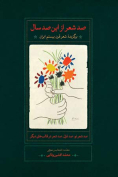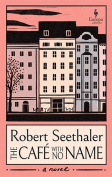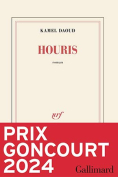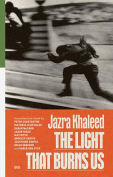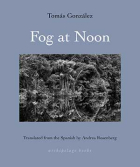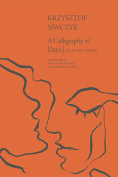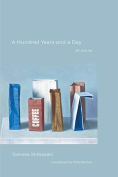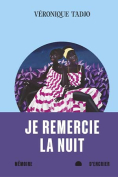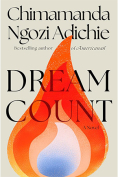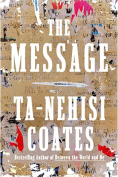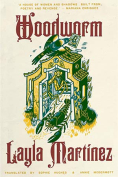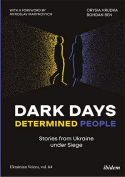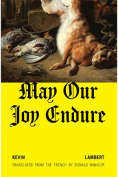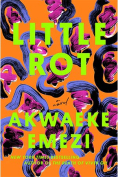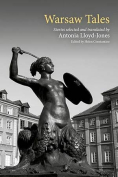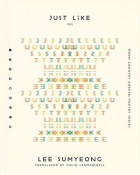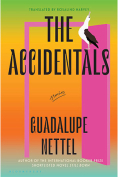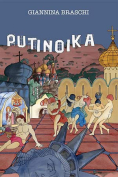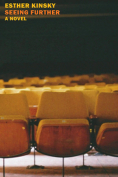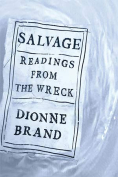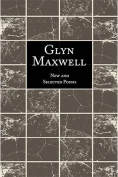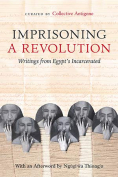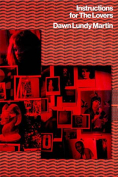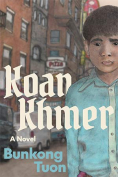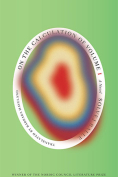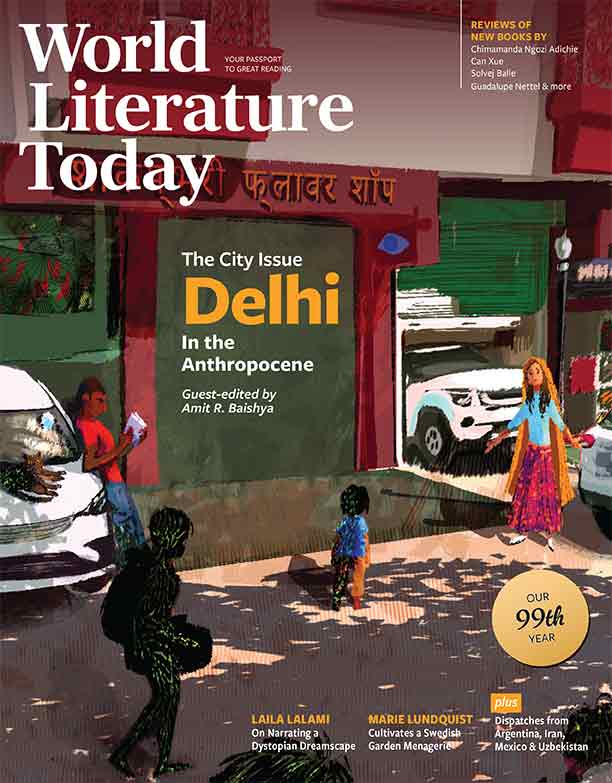The Message by Ta-Nehisi Coates
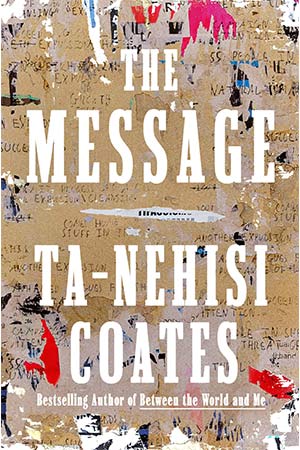
New York. One World. 2024. 232 pages.
When politics is turned into art, its message can become powerful and far-reaching. Ta-Nehisi Coates, an American journalist, shows exactly how that can be achieved in his recent book, The Message.
The book is divided into four parts. The first three parts deal with language, journalism, his visit to the birthplace of his great-grandparents (Senegal), and the gift of writing through workshops. The fourth and biggest part of the book is about his visit to Palestine. There, Coates finds himself stepping out of his historical encounter with racism to experience it firsthand: “I don’t think I ever, in my life, felt the glare of racism burn stronger and more intense than in Israel,” he declares.
Born in 1975, Coates did not experience the severity of racism that his grandparents endured. It was only in Israel that racism became real. Before traveling, Coates extensively researched historical and political records on racism. One can imagine how painful it was for him to read “Types of Mankind,” a treatise authored by Josiah Nott and George Gliddon, whom Coates boldly labels as “Niggerologists.” Enthralled by ancient Egyptian civilization, the two went to great lengths to prove that Egyptians were not Africans “because no brilliant work could come out of such a race.” Coates explains the massive theories people like Nott and Gliddon weave to prove the inferiority of Africans and dark-skinned people to exploit them and treat them as inferior beings. “For such a grand system, a grand theory had to be crafted and an array of warrants produced.”
During the ten-day trip to Palestine, Coates visited many historical sites, including the plaza of the Western Wall. He was accompanied by an Israeli archaeologist and guide, who told him that for eight hundred years the plaza was called the Moroccan Quarter, which housed more than a hundred Palestinian families. Three days after the Old City fell during the 1967 war, “the Israeli bulldozers razed the quarter. One hundred thirty-five homes were demolished and 650 people rendered homeless.”
Watching history, tourists, and Jewish worshipers in the plaza, Coates experiences an avalanche of emotions:
Standing there, amid all that remained of the Moroccan Quarter, amid a lost world, I felt a mix of astonishment, betrayal, and anger. The astonishment was for me—for my own ignorance, for my own incuriosity, for the limits of my sense of reparations. The betrayal was for my colleagues in journalism—betrayal for the way they reported, for the way they’d laundered open discrimination, for the voices they erased. And the anger was for my own past—for Black Bottom, for Rosewood, for Tulsa—which I could not help but feel evoked here.
On the last day of his trip to Palestine, Coates visited the World Holocaust Remembrance Center, Yad Vashem. He roamed the facility with awe. He thumbed through the pages of the Book of Names, watched documentaries and faces from the past telling their tragedies. Later Coates reflects, “In a place like this . . . you wonder if human depravity has any bottom at all.”
Yad Vashem, Coates believes, is a manifest of restoration and redemption of the horrors of the Holocaust. Yet he keeps wondering over and over if that justifies what Israelis are doing to the Palestinians. “It may seem strange that people who have already attained a position of power through violence invest so much time in justifying their plunder with words.” With pain, Coates addresses Israelis: “Your oppression will not save you, that being a victim will not enlighten you, that it can just as easily deceive you. I learned that here . . . at Yad Vashem.”
Coates also has a message for the Palestinians: reparations. Coates mentions an article he published in The Atlantic, “The Case for Reparations,” where he explains the mistake his people made by not asking for reparations. He advises Palestinians to learn the rules and laws of their “plunderer,” then to follow them and demand reparations.
The Message is a masterpiece of art and poetics. Reading it is an experience much like removing a curtain from a window and letting sunlight stream in to shed light on what dwells with you in the darkness.
Firyal Alshalabi
Boulder, Colorado
